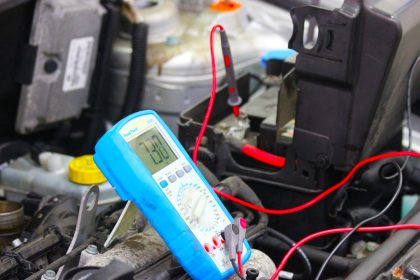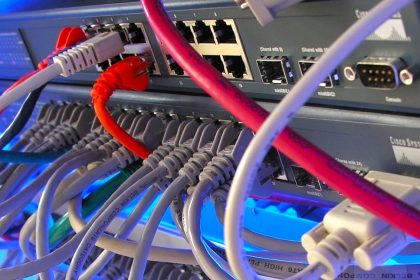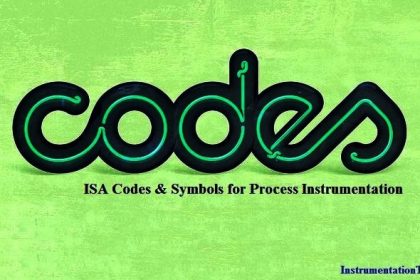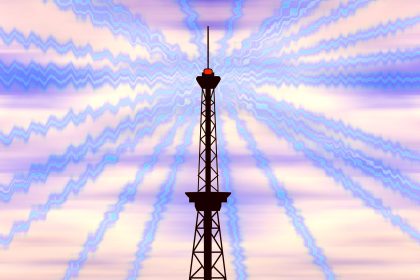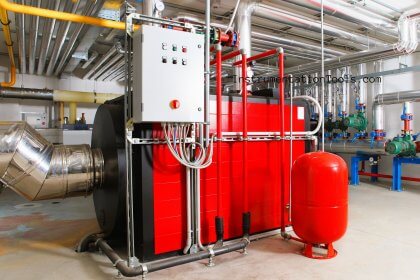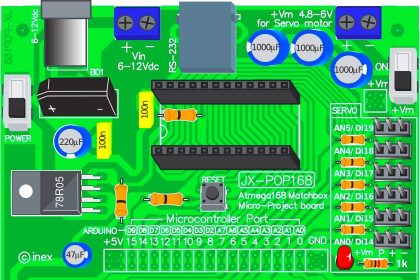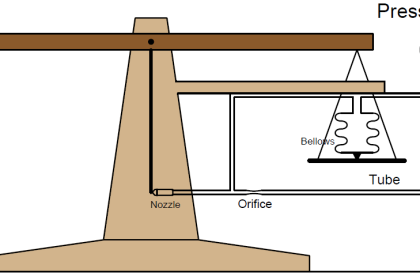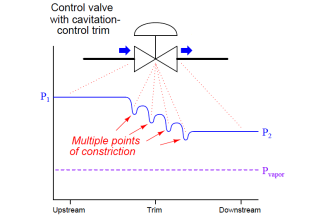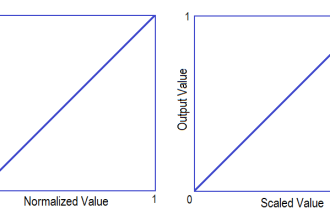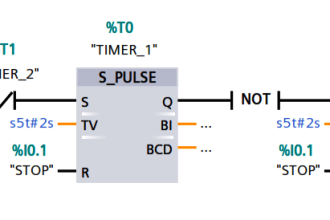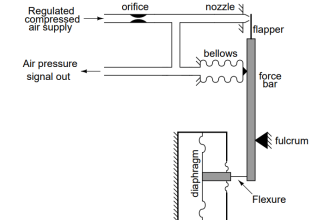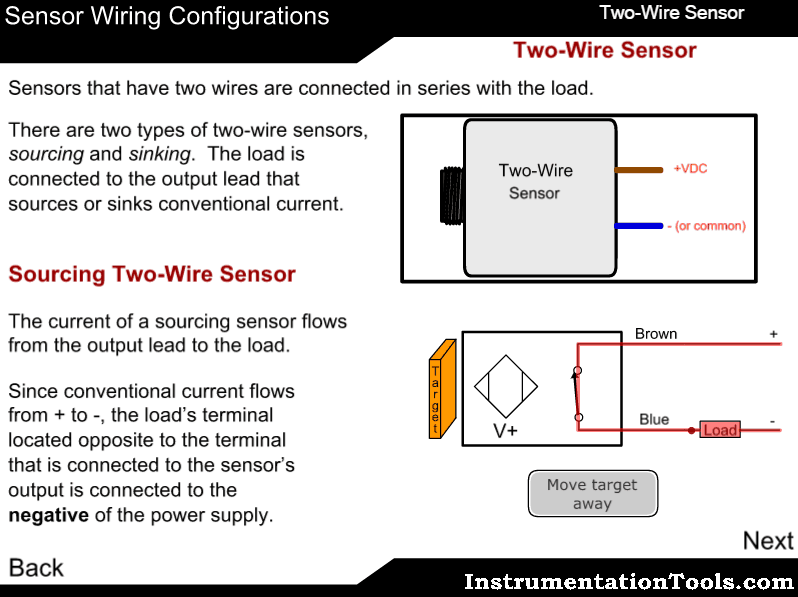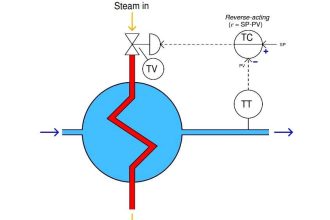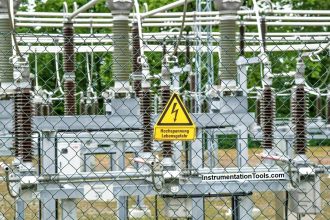Everyone knows what a VFD is and why it is used for motors. It helps in varying the frequency of the motor as required to a desired set value. Nowadays, as renewable energy sources are finding a new way in the market due to rising energy-saving concerns, this same technique is also available for a VFD.
One such renewable energy source is solar energy and the VFD employing this technique is called a solar pump VFD. Why pump? Because it is used to drive a water pump used in farms or for other irrigation purposes. It is taking a very great step in business due to its use. In this post, we will see the concept of a solar pump VFD.
Solar Pump VFD
As the name implies, it is an electronic device that provides a variable frequency using solar power. Solar power means it is not applied directly to the VFD. There comes a solar panel first, which takes solar energy and converts it into electrical energy.
But the output is in DC form. This DC power is then fed to the VFD input where an inverter circuit inside converts it into AC power. This variable AC power is then fed to the water pump.
From this, one thing is clear solar energy is responsible for powering the pump and as the solar intensity varies, the DC output will vary and eventually, your VFD speed. The most commonly used pumps are centrifugal pumps, irrigation pumps, and well water pumps.
How does a Solar Pump Inverter Work?
As discussed earlier, the VFD will take DC power in its input terminals. Based on the DC voltage available, the VFD will vary its frequency to the motor. It works on an algorithm called MPPT (maximum power point tracking). It means it computes the maximum available power from the solar cell continuously and based on the variations, provides one average output voltage to the VFD. This calculation is done on the solar cell side too as well as in the VFD too.
Sunlight will vary and if the output voltage of VFD is varying continuously, then the productivity of VFD will decrease for running the pump. In this case, MPPT will work and decide the best available voltage at its output to give. It is a very complex theory and requires a proper understanding of battery voltage, solar performance as well as mathematical algorithms.
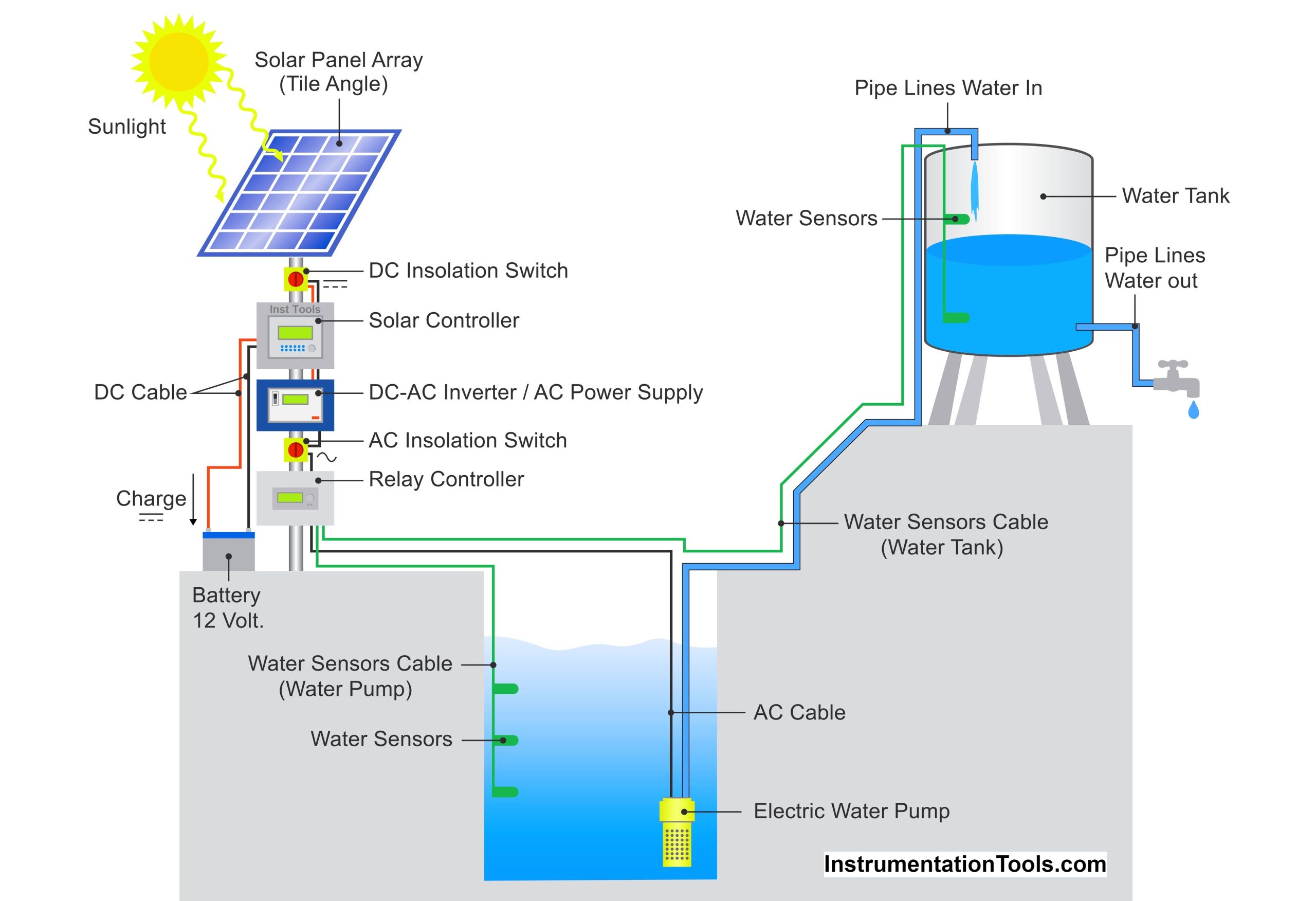
The VFD can then be programmed according to your needs to give a controlled output to the motor. The only difference that separates itself from other standard VFDs is its ability to generate a controlled output from renewable energy, which other types of VFDs cannot. If there is no MPPT algorithm, then there is no use in running the VFD with an input of solar energy, because solar power is variable.
Advantages of Solar Pump Inverter
1. The first and foremost merit is the use of renewable energy for the generation of electricity. This makes this VFD a very special-purpose device for engineering.
2. It is a clean source of energy that contributes less to pollution and saves time and fuel.
3. The operating cost of this VFD is very less due to solar energy and there is no extra resource requirement for electricity generation.
4. MPPT technology ensures that the pump speed is not varied frequently and the efficiency of the system is maintained throughout.
If you liked this article, then please subscribe to our YouTube Channel for Instrumentation, Electrical, PLC, and SCADA video tutorials.
You can also follow us on Facebook and Twitter to receive daily updates.
Read Next:
- What is a Circulating Pump?
- Real-time PLC Automation Projects
- Wastewater Treatment Pumping Station
- Amine Pump Trip Root Cause Analysis
- Industrial Automation Wireless Technology
